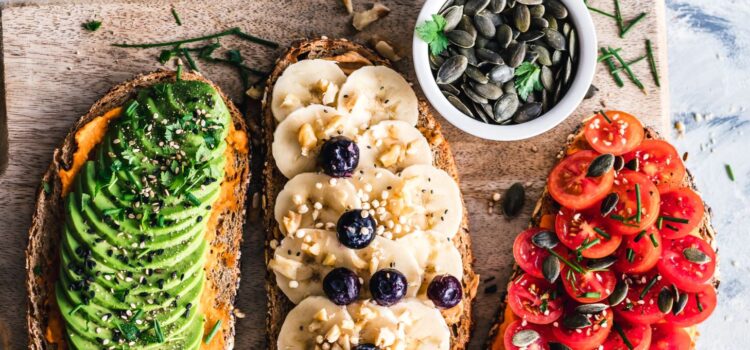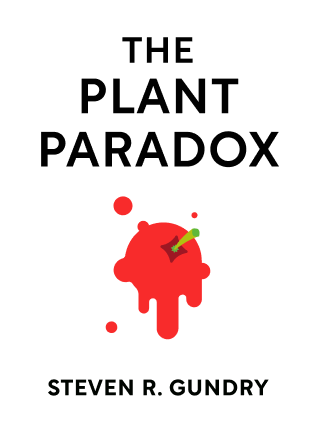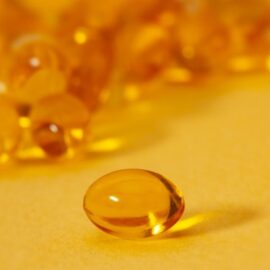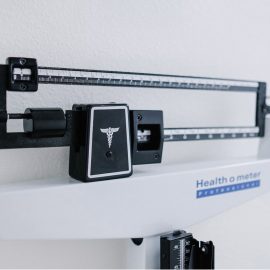

This article is an excerpt from the Shortform summary of "The Plant Paradox" by Steven R. Gundry. Shortform has the world's best summaries of books you should be reading.
Like this article? Sign up for a free trial here .
What foods contain lectins? Are there any foods containing lectins you can eat? What does eating lectins do?
Read more to understand what lectins are, what they do, and why foods containing lectins may cause you problems.
Impact of Foods Containing Lectins
Lectins are large proteins contained in the seeds, grains, skins, rinds, and leaves of most plants (gluten is a type of lectin). Lectins have several harmful effects in your body, which we’ll explore in more detail in the upcoming sections and chapters.
- Lectins can create gaps in your intestinal wall barrier.
- Lectins that breach your intestinal wall trigger an attack from your immune system, causing inflammation.
- Lectins—sometimes called “sticky proteins”—bind to sugar molecules in your body and interrupt the communication between cells.
- Lectins mimic other proteins, fooling the body into taking unnecessary actions like storing fat and attacking certain cells.
- Lectins help viruses and bacteria attach to their intended targets, so that people who are particularly sensitive to lectins are more susceptible to viral and bacterial infections.
Everyone has different sensitivities to lectins; if your ancestors ate a certain plant, your immune system and microbiome have evolved to better tolerate foods containing lectins of that kind.
The Human Diet Is Overloaded With Foods Containing Lectins
For millennia, humans’ immune systems have adapted to their changing diet, but relatively recently, humans’ diets have changed drastically and exposed our gut bacteria to new compounds that it hasn’t yet evolved to tolerate. What foods contain lectins? Many do, but to understand the problem, you have to understand the drastic changes to the human diet.
There are four factors that brought about this major change.
- The Agricultural Revolution not only introduced grain and beans into the human diet for the first time, but it also made them the primary food source; this was a shift from a diet of mainly leaves, tubers (like sweet potatoes), and some animal fat and proteins. This meant more foods containing lectins.
- A mutation in Northern European cows caused them to produce a different kind of protein in their milk, called casein A-1; during digestion, casein A-1 turns into a protein similar to lectin that causes your immune system to attack your pancreas.
- When Europeans landed in the Americas, they brought foreign food from the New World back with them that people in Europe, Asia, and Africa had never before been exposed to and, thus, hadn’t adapted to tolerate these foods containing lectins people weren’t used to. These included
- The nightshade family, including tomatoes, potatoes, eggplants, and peppers
- The bean family, including peanuts and cashews
- Grains
- Pseudo-grains, including quinoa
- The squash family, including pumpkins, acorn, squash, and zucchini
- Chia and some other seeds
- The rise of processed food and genetically modified organisms (GMOs) has introduced a whole new array of lectins that our bodies haven’t adapted to tolerate. At the same time, humans are being exposed to chemicals that destroy certain gut bacteria that would’ve otherwise helped us process some of these lectins. As a result, we’re less able to process lectins at the same time we’re consuming them more heavily than ever before.
Avoiding Ubiquitous Corn
When you start the PPP and think about what foods contain lectin, you’ll work to avoid corn. Then, you’ll realize that corn is everywhere: Fast food and processed food use corn oil, cornstarch, cornmeal, corn syrup, and other corn products—even meat contains corn from the animals’ feed.
What’s worse, most of the corn fed to livestock is a GMO called Bt corn. Bt corn has a gene for a powerful lectin that no one is immune to. This corn also contributes to osteopenia and osteoporosis in chickens; per rule number 4, that means you’re at a higher risk of these diseases, as well, when you eat the meat and eggs from those chickens.
The Paradox of Lectin-Rich Foods
Now that we’ve outlined how harmful lectins can be and what foods contain lectins, you may be surprised to learn that certain lectins, in moderation, actually have health benefits. This can be explained by the concept of hormesis—or “the dose makes the poison”—which says that compounds that are beneficial in moderation can be harmful in excess.
In limited amounts, the toxins in lectins put a mild strain on your immune system and cells, which ultimately strengthens it. (Shortform note: This is similar to the way vaccines work.) A widely varied diet, even with lectin-rich foods in moderation, has major health benefits by exposing you to smaller amounts of many different types of nutrients and lectins; our ancestors evolved as a traveling species, and thus ate a huge variety of plants through their travels.
Certain lectins teach your immune system to resist pneumonia and other viruses, while others curb the growth of the HIV virus. Still others can have healing properties, and some lectins may even have the potential to treat cancer (Shortform note: Research for this is ongoing).
It’s only when you have too many of the same lectins in your system that your body’s natural functions start to go awry. But you can still eat foods containing lectins. You can have some lectin-rich foods as long as you mix it up and don’t overdo it.

———End of Preview———
Like what you just read? Read the rest of the world's best summary of Steven R. Gundry's "The Plant Paradox" at Shortform .
Here's what you'll find in our full The Plant Paradox summary :
- Why eating more vegetables isn't enough, and why some vegetables are toxic to your body
- The science behind lectins and how they tear apart your body, making you fat and sick
- The 6-week program to get your body back on healthy grack






